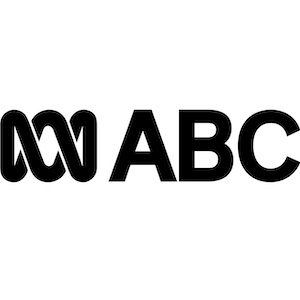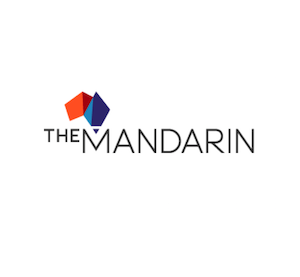A participating community is a thoughtful community, it is a purposeful community.– Kate Auty, ACT Commissioner for Sustainability and the Environment and City of Melbourne Ambassador
In a political landscape where trust has been eroded and the public are for the most part disengaged and disillusioned, it is refreshing to see state and local governments leading in some areas of policy innovation. A prime example of this is the use of deliberative democracy approaches to support the development of policies and plans.
Deliberative democracy is not a new concept. It was developed in 1980, by Joseph Bessette, as a way of overcoming imbalances of power and conflicts between citizens and government decision-makers. Key components of this paradigm are citizens as an active part of decision-making, deliberation of issues, inclusion of marginalised citizens and consensus.
One of the most interesting approaches to emerge under this paradigm is the citizens’ jury. The City of Melbourne has just completed its second jury to refresh the Future Melbourne Strategy. It successfully conducted a citizens’ jury in 2015 to develop a ten-year financial plan.
Citizens’ juries bring together a group of randomly selected people to deliberate and make decisions that government bodies would traditionally have undertaken and led. Anna Coote and Jo Lenaghan describe the process as follows:
… a citizens’ jury … is a deliberative process. Citizens reached informed conclusions based on evidence from expert witnesses, and informed and reflective discussions with their fellow jurors.
In Australia, citizens’ juries have been used to tackle diverse issues such as climate change, road safety, dog and cat management and obesity. The South Australian government has just convened a jury to discuss the state’s role in the nuclear industry. The Victorian government is in the process of convening two citizens’ juries to consider the state’s future infrastructure.
Driving the emergence of these juries is the recognition that governments need not just the support but the active participation of their communities to meet the increasingly complex challenges they face. It is a fundamental shift from decision-making for communities to community-led decision-making with government.
The recent process in Melbourne initially involved hundreds of people across the city as ideas about Melbourne’s future were gathered for a report. Fifty-two jury members then deliberated on this Bringing your Ideas Together Report and the Future Melbourne strategy from 2008 to develop the refreshed Future Melbourne strategy. I attended the first and third days of this three-and-a-half-day deliberation as an invited observer.
How the citizens’ jury works
What is clear from the onset is that this process differs from the usual government consultation model; it places the jury participants firmly in the driver’s seat. What is discussed and how the final document is articulated and written are all at the jury’s discretion.
The carefully structured process ensures jury members are able to deliberate freely, are accountable for their decisions and are not subjected to pressure from other sources. There are strict rules about how observers and council representatives can interact with the jury during this process.
Ambassadors who are experts from industry, academia and government have been appointed to mentor and support the jury participants. One ambassador describes her role as a form of stewardship:
We are there to guide people through the process, not to tell them what to do.
The ambassadors provide thought-provoking commentary throughout the process.
On the first day, participants are tentative and there is “a degree of suspicion”. You can see people testing to see if this is “just another PR exercise” and “if it is safe” for them to speak openly. It is not a comfortable space. Challenging questions are asked and the discomfort these generate is visible to everyone.
By day three, the space is still uncomfortable, but there is an acceptance of this. Difficult issues are passionately but respectfully discussed. No one person is allowed to dominate; smaller group exercises ensure all voices are heard. When a discussion becomes too heated it is shelved to allow time for reflection and then re-addressed.
Some issues are generation-specific. Younger jury members appear to occupy a difficult space where technology makes them vulnerable leaders who educate as well as deliberate.
Throughout all of this, the facilitators deftly keep the focus on completing the task at hand and finding “avenues for resolution”. It is relentless and exhausting to watch.
The Future Melbourne 2026 citizens’ jury at work.
How do we assess the outcomes?
At the end of the jury’s work, the participants I spoke with had a sense of achievement and exhilaration. One described the epiphany of another juror and a sense of connectivity and purpose, one spoke of the struggle and the joy, and another described the appreciation of being heard. A self-confessed “politically interested but personally disengaged” participant said:
This process has built a different pathway between decision-makers and communities. It built trust. It was really worthwhile.
In an increasingly complex world in which communities often feel disconnected from government bodies, activities such as citizens’ juries offer a way to empower and re-engage communities as part of the political process. However, any trust created will be fragile at first. Its growth is dependent upon not only the continuation of processes such as these but also the actions that follow.
Click HERE for the full article.
By Celeste Young, The Conversation, 19 July 2016



